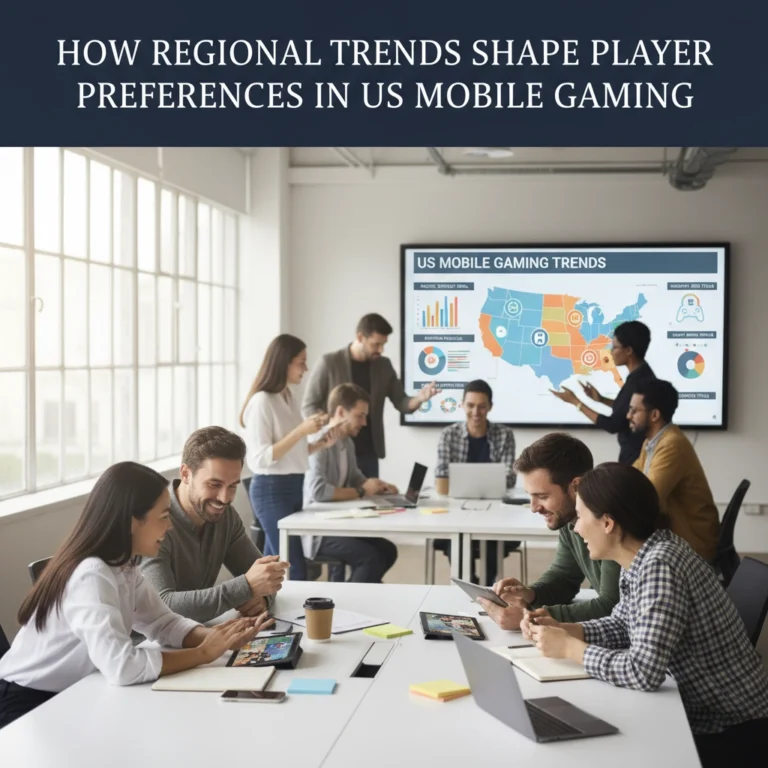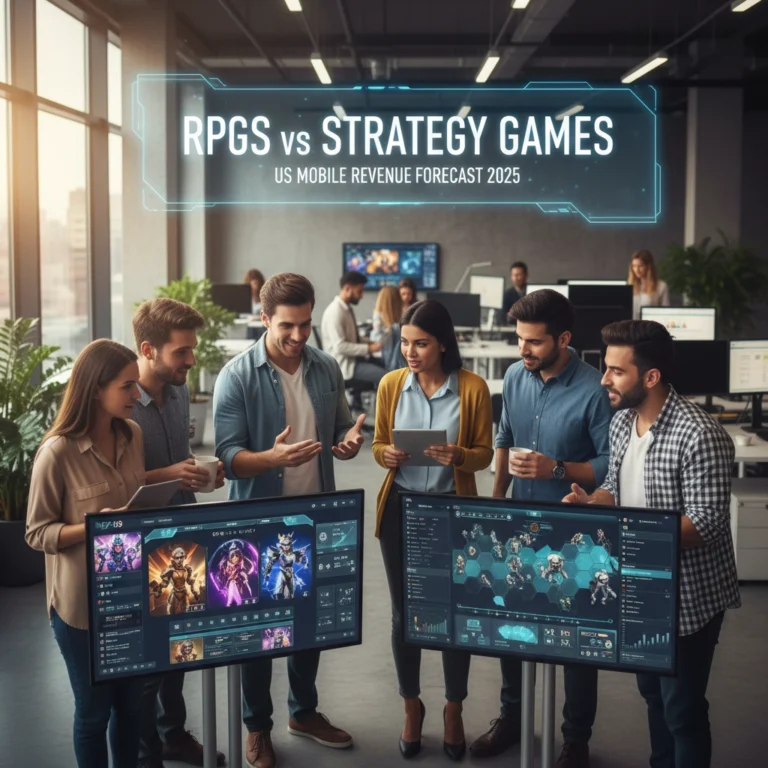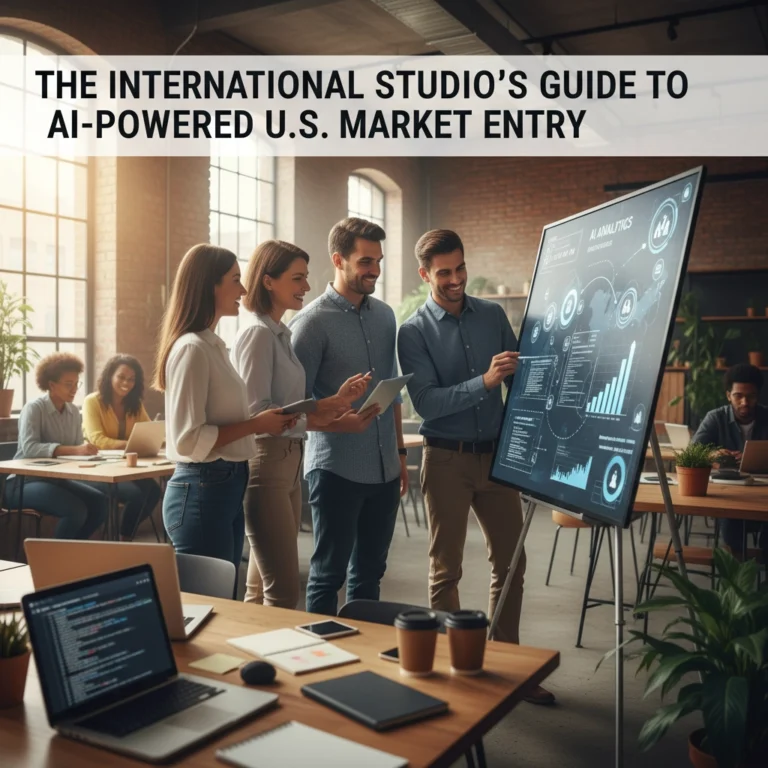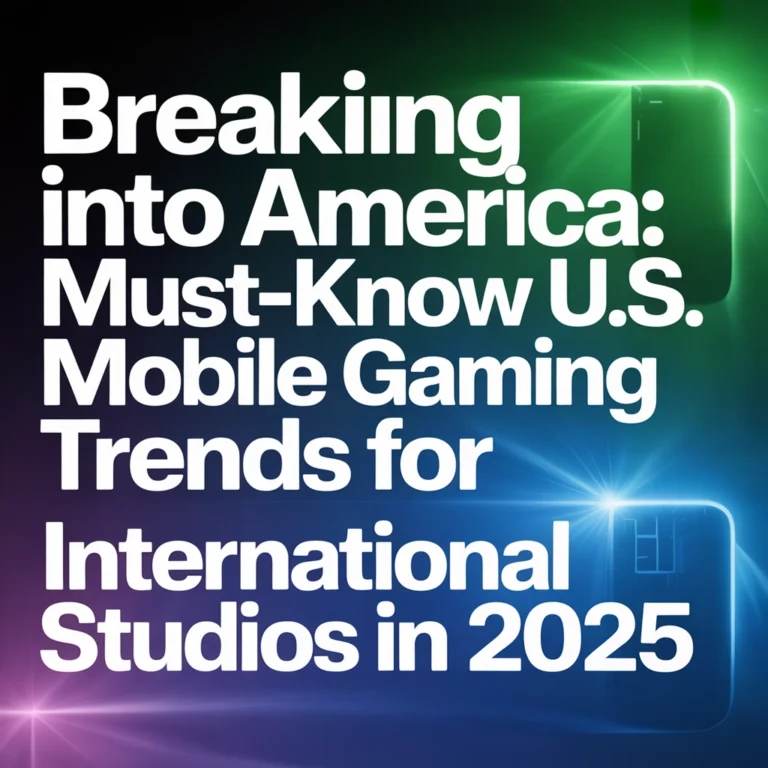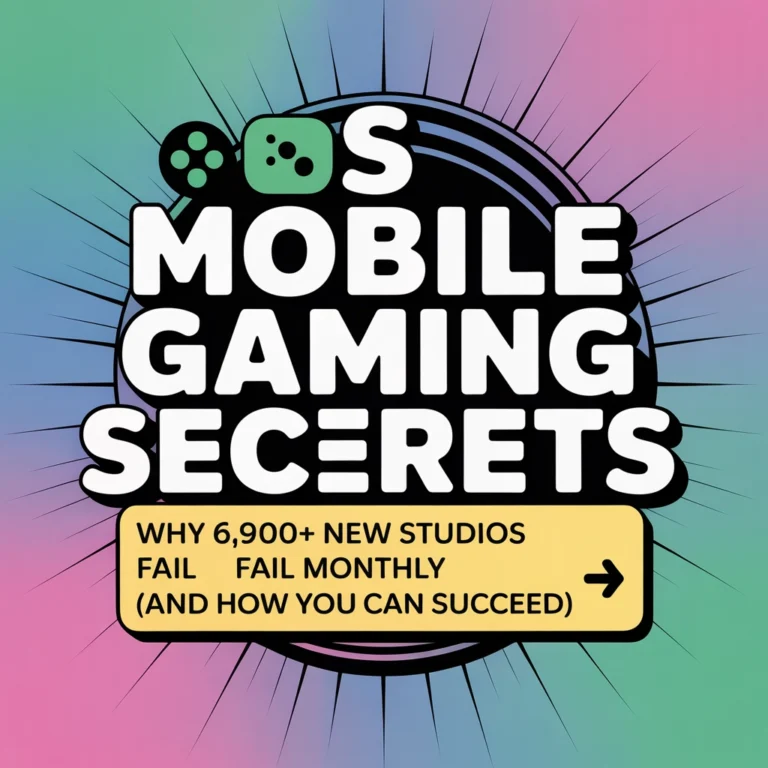AI-Powered Personalization vs. Traditional Marketing: Which Is Better for Your Mobile Game?
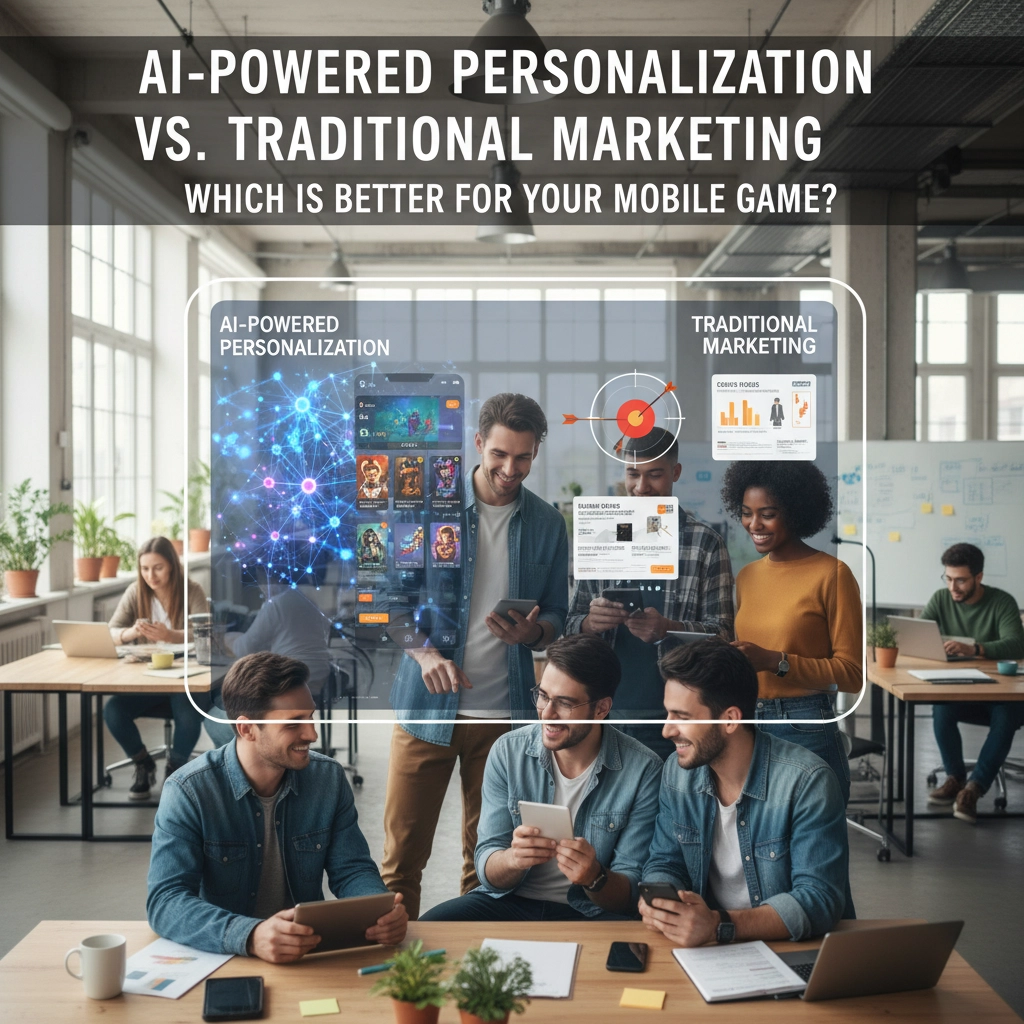
Picture this: You've just launched your mobile game, and you're watching two different marketing campaigns unfold. Campaign A sends the same push notification to everyone at 6 PM: "Come back and play!" Campaign B analyzes when each player typically opens the app, what they love most about your game, and sends personalized messages like "Your favorite puzzle level just got 3 new challenges!" at the perfect moment for each individual.
Which one do you think performs better?
If you guessed Campaign B, you're onto something big. The mobile gaming world is experiencing a massive shift from traditional one-size-fits-all marketing to AI-powered personalization that treats every player like the unique individual they are.
But here's the million-dollar question every game developer faces: Should you jump headfirst into AI personalization, or stick with tried-and-true traditional methods? Let's break it down.
The AI-Powered Personalization Revolution
AI-powered personalization is like having a crystal ball that actually works. It analyzes everything – how long players spend on each level, what they purchase, when they're most active, even how they swipe and tap – to create experiences tailored specifically for each person.

What Makes AI Personalization So Powerful?
The magic happens in real-time adaptation. While you're sleeping, AI is busy adjusting difficulty levels for struggling players, offering perfectly-timed power-ups to those about to rage quit, and serving up new content to players who've mastered everything you've thrown at them.
Take dynamic difficulty adjustment – it's like having an invisible game master who knows exactly when to make things easier or harder. Players stuck on level 47 for three days? The AI might subtly increase their chances of getting helpful items. Meanwhile, speed-runners blazing through content get additional challenges to keep them hooked.
The numbers don't lie either. Personalized push notifications see up to 40% higher click-through rates compared to generic messages. That's not just a slight improvement – that's the difference between players coming back or uninstalling your game forever.
The Retention Game-Changer
Here's where AI really shines: predictive analytics. Instead of waiting for players to churn and trying to win them back, AI spots the warning signs early. It notices when someone's play patterns change, when engagement drops, or when spending decreases – then automatically triggers personalized retention campaigns.
Maybe it's offering a weekend bonus to someone who typically plays more on weekends, or introducing exclusive cosmetic items to players who love customization but rarely make purchases. The AI learns what makes each player tick and responds accordingly.
Traditional Marketing: The Reliable Workhorse
Before you write off traditional marketing as outdated, let's give credit where it's due. Traditional approaches have built empires in mobile gaming, and for good reason.

The Beauty of Simplicity
Traditional marketing is straightforward. You create campaigns based on demographics, broad player segments, and market research. You know your costs upfront, can predict your reach, and don't need a PhD in machine learning to execute effectively.
This approach excels at brand awareness and reaching massive audiences quickly. When you need to announce a major update, launch event, or seasonal campaign, traditional marketing gets the word out fast and wide.
Proven and Predictable
There's something to be said for methods that have stood the test of time. Traditional marketing metrics are well-understood, budgets are easier to plan, and your existing team probably already knows how to execute these campaigns effectively.
For many indie developers or studios just starting out, traditional marketing provides immediate results without the complexity and upfront investment that AI requires.
The Limitations Reality Check
But here's where traditional marketing hits its ceiling: it treats all players the same. Your hardcore gamers get the same messages as casual players. Spenders see the same offers as free-to-play users. It's like using a sledgehammer when you need a scalpel.
This generic approach leads to higher customer acquisition costs, lower engagement rates, and missed opportunities for optimization. You're essentially playing a guessing game with your entire marketing budget.
Head-to-Head Comparison
| Factor | AI-Powered Personalization | Traditional Marketing |
|---|---|---|
| Targeting Precision | Individual behavioral targeting | Broad demographic segments |
| Message Relevance | Dynamically personalized content | One-size-fits-all messaging |
| Performance | Up to 40% better engagement rates | Standard industry benchmarks |
| Setup Complexity | High technical requirements | Simple implementation |
| Initial Investment | Significant upfront costs | Lower barrier to entry |
| Scalability | Infinitely scalable once built | Limited by manual processes |
| Privacy Concerns | Requires extensive data collection | Minimal personal data needed |
| ROI Timeline | Longer payback, higher ceiling | Immediate results, lower ceiling |
When to Choose AI-Powered Personalization
AI personalization isn't right for everyone, but it's a game-changer when the conditions align:
You Should Go AI If:
- Your game has diverse player types with varying skill levels and preferences
- You have at least 10,000+ active users generating behavioral data
- Long-term retention and lifetime value matter more than quick wins
- You have the budget for initial implementation and ongoing optimization
- Your team includes (or can hire) data science and AI expertise
- You're competing in saturated markets where personalization provides competitive advantage
Perfect AI Scenarios:
RPG games with complex progression systems, strategy games with multiple play styles, or any game where player behavior varies significantly benefit most from AI personalization.

When Traditional Marketing Makes More Sense
Traditional marketing isn't going anywhere, and smart developers know when to use it:
Stick with Traditional When:
- You're launching a brand new game with limited player data
- Budget constraints prevent AI infrastructure investment
- Your target audience is highly homogeneous
- You need immediate results for time-sensitive campaigns
- Privacy regulations in your markets are particularly strict
- Your team lacks technical expertise and hiring isn't feasible
Traditional Marketing Wins:
Brand awareness campaigns, seasonal events, cross-promotion with other games, and initial user acquisition often perform better with traditional approaches.
The Smart Money Strategy: Hybrid Approach
Here's what the most successful mobile game studios actually do: they don't choose sides. Instead, they use a hybrid approach that leverages the strengths of both methods.
Start with traditional marketing to build your initial player base and establish data collection systems. Once you have enough behavioral data (usually after 3-6 months), begin implementing AI personalization features gradually.
Use traditional marketing for broad campaigns and brand awareness, while deploying AI for retention, monetization, and engagement optimization. This approach lets you benefit from immediate marketing results while building toward more sophisticated long-term strategies.
Making Your Decision
The "better" choice depends entirely on your specific situation, but here's the reality: the mobile gaming industry is moving toward AI-driven experiences. Players increasingly expect personalized content, and games that deliver generic experiences are falling behind.
If you have the resources and player base to support AI implementation, it's not just an advantage – it's becoming a necessity for competitive success. But if you're just starting out or working with limited resources, traditional marketing can still drive significant results while you build toward AI capabilities.
The key is honest assessment of where you are now and strategic planning for where you want to be. Whether you choose AI, traditional methods, or a hybrid approach, the most important factor is understanding your players and delivering value in ways that resonate with them.
In the end, both AI personalization and traditional marketing are just tools. The magic happens when you use the right tool for your specific situation and execute it brilliantly.

